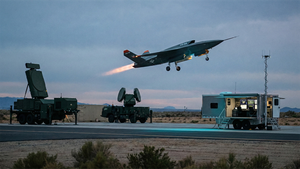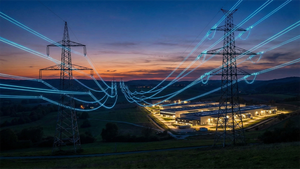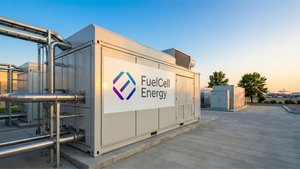(BPT) - Climate change is top of mind for many global industries, especially those with oil and gas, chemical and power generation facilities. By nature of their work, these businesses are hydrocarbon-intensive operations that are a significant source of methane emissions, a dangerous greenhouse gas.
While methane poses a serious risk to humans and nature, it is an addressable concern. According to the International Energy Agency, reducing methane emissions from oil and gas operations is a cost-effective way for governments to meet global climate goals. To achieve this goal, oil and gas businesses must be diligent about identifying and fixing methane leaks at their facilities.
The dangers of methane
Methane is a colorless, odorless gas that is highly flammable. Any accidental methane leaks at an oil and gas facility could spell disaster for the workers and the surrounding environment. Beyond that, this greenhouse gas is 80 times more powerful at warming the atmosphere than carbon dioxide over 20 years, according to the U.N. Environment Programme.
Because of the dangers it poses to workers and the environment, oil and gas operations are already at work to prevent methane leaks. However, when unburned methane gas escapes from the natural gas supply chain, it can be challenging to determine how much gas has escaped and how long the leak has existed before repair.
The current standard method of detecting emissions of unburned methane gas relies on manual equipment inspection. During periodic inspections, personnel use handheld thermal cameras to inspect the oil and gas equipment for methane leaks.
While this method detects existing leaks, problems arise if a leak happens after a completed check and may not be caught until the next scheduled inspections. This leaves a continuous release of this harmful greenhouse gas into the atmosphere, causing a safety hazard for the plant workers and the surrounding area.
In order to ensure the safety of workers and the environment, businesses should invest in a more effective method, namely continuous methane monitoring.
The benefits of continuous monitoring
The best method for detecting methane leaks is an on-site continuous monitoring system. Technology like the Honeywell Rebellion Gas Cloud Imaging system uses optical gas imaging to monitor and measure fugitive methane emissions as soon as they are detectable.
This compact device is ideal for congested areas and small sites and can be placed throughout a facility for continuous monitoring. The proprietary hyperspectral gas analytic technology provides easy-to-interpret, colorful visualizations of a gas leak's type, location, direction, size and concentration. Using this information, facility operators can detect and repair methane leaks in their early stages before they can grow into a larger safety issue.
So far, Honeywell's Rebellion technology has been deployed by more than 25 major energy and chemicals customers worldwide. The gas cloud imaging system saves time, removes human error and provides a safe and fast way to detect methane emissions.
For companies committed to creating a safer working environment and reducing their carbon footprint, investing in a continuous monitoring system is a proactive method to achieve both goals. To learn more about methane emissions, the environment and the importance of continuous monitoring, visit Honeywell.com.




